The glamour pose
One pose I can’t get enough off is the ones you see in this post.
A lot of people ask me for a glamour shot but often the models are not experienced models so posing can be a bit difficult. With this pose you can really work some magic with inexperienced models, now add a really good model and you have (well at least in my opinion) a great powerful shot.
The trick is to shoot this from a low angle and as wide open as possible, you could for example only use the modeling lights from the strobes if you have too much power. I used a very narrow beam of light by using a reflector with grid, but the same pose actually also works really good in hotel rooms (on the bed/floor etc.) with broad natural light.
The main thing you have to take care of is the way the “angle” works, find the curves in the body and let the model play with her arms and chin, I like the pose best when there is a lot of tension in the body of the model.
So the next time you are asked for a powerful “glamour shot” think about this one.
Good luck.

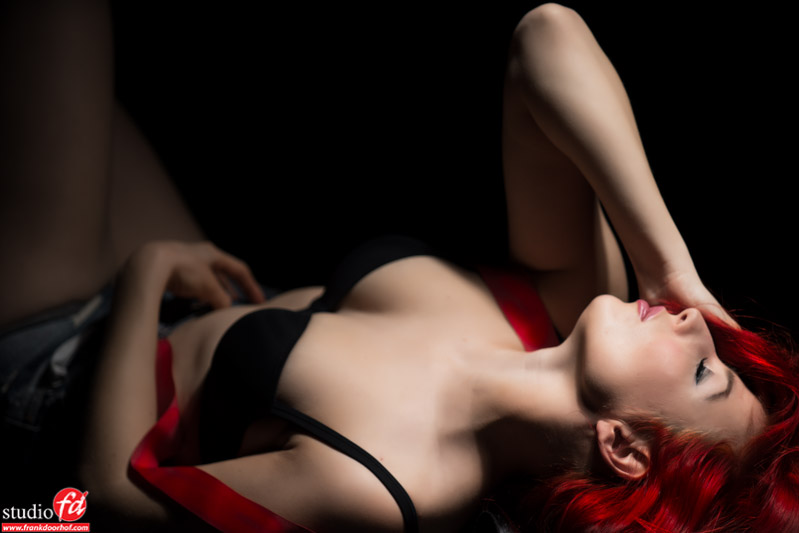
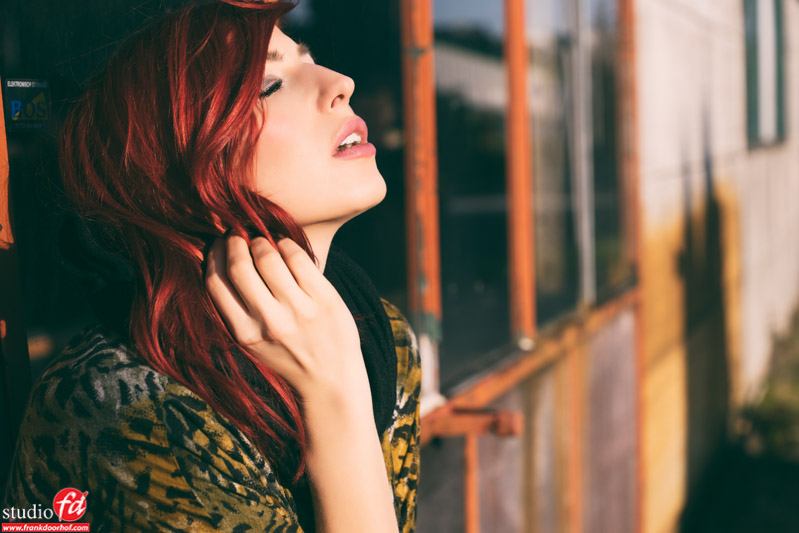
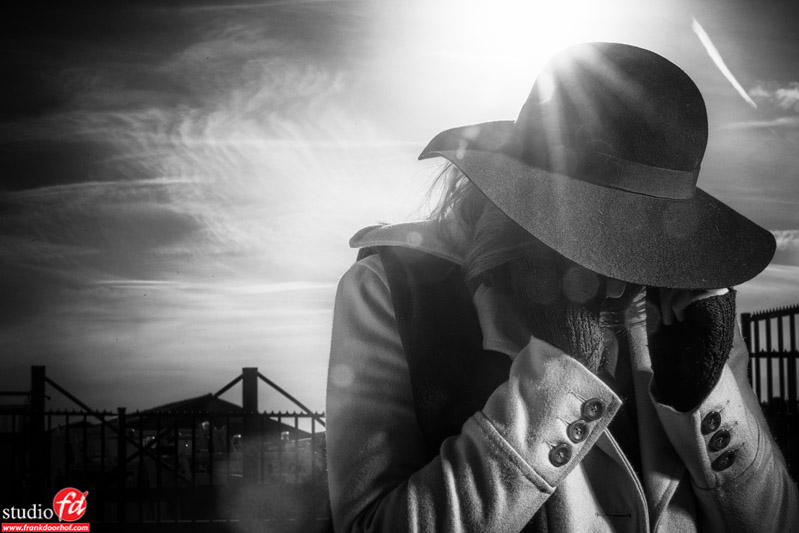
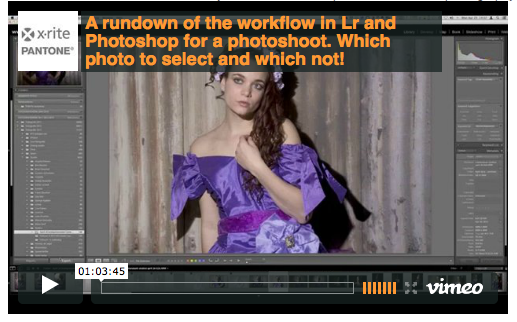
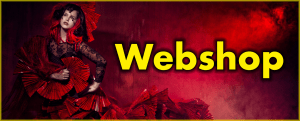
You must be logged in to post a comment.